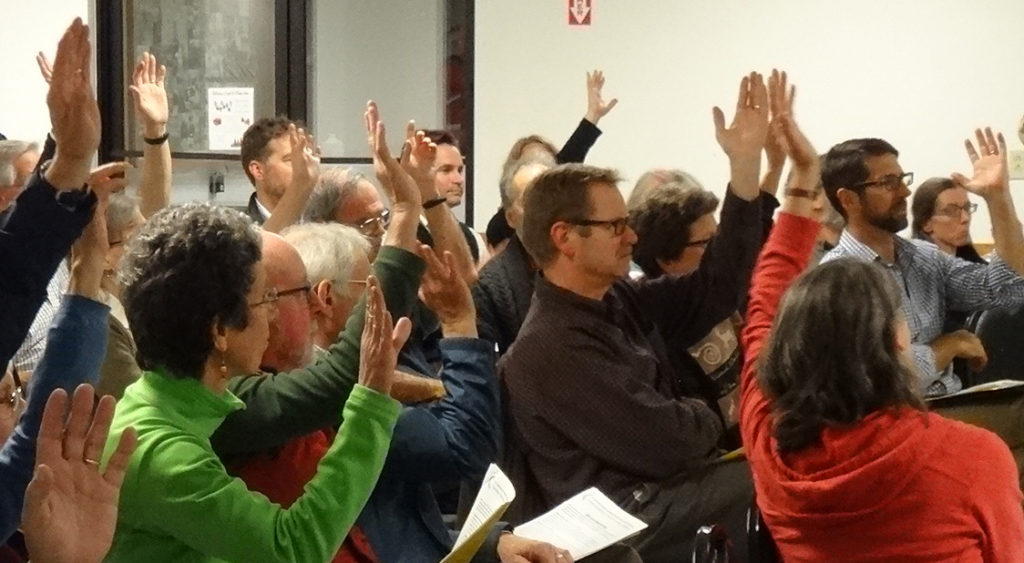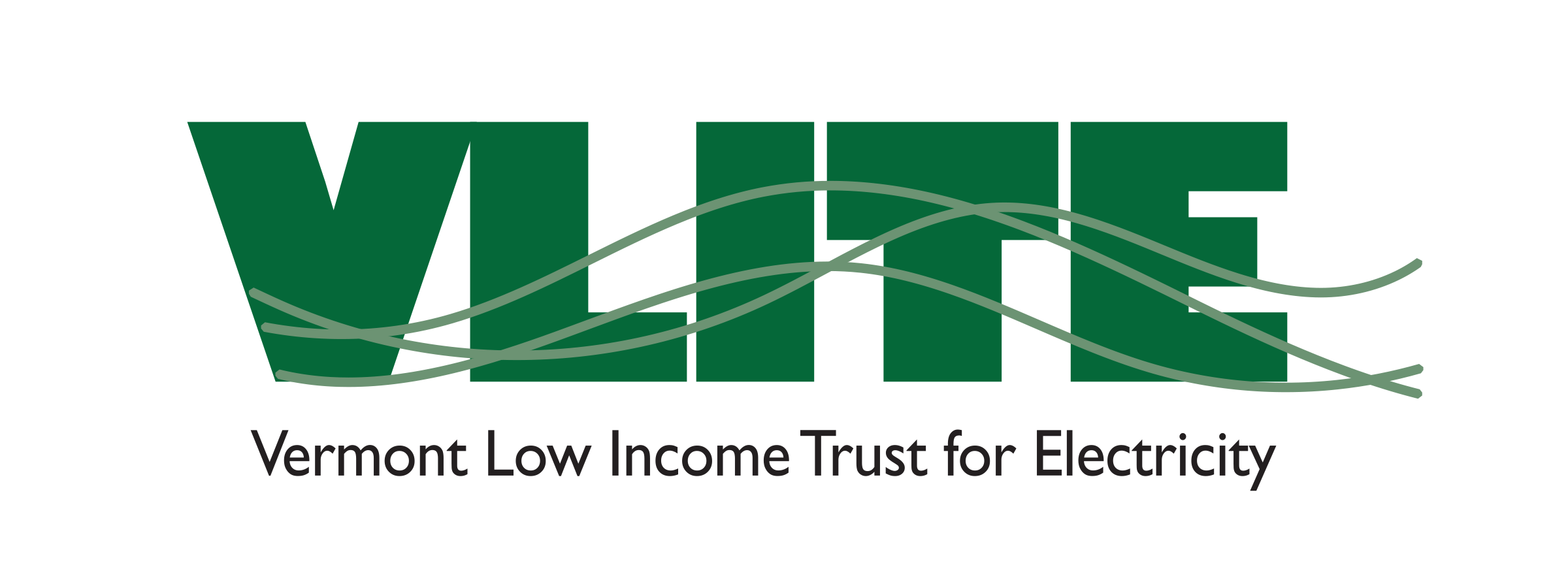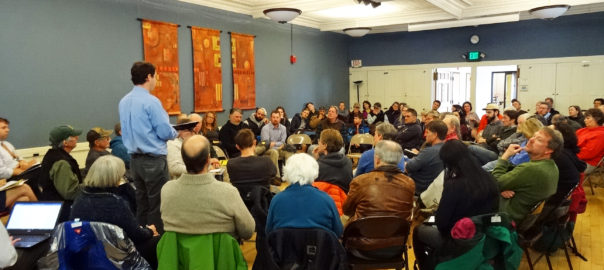In Middlebury, residents of one neighborhood went door to door to promote free visits by home energy experts. In Randolph, volunteers have banded together to strengthen the downtown business district. In Swanton, Efficiency Vermont is working closely with the town to deliver services directly to homes and businesses — and in Marshfield and Plainfield, locals are promoting walking, biking, and other options for energy-efficient transportation.
These initiatives are among the first outcomes of the Climate Economy Model Communities Program. Coordinated by the Vermont Council on Rural Development (VCRD), the program launched in early 2017 after securing a substantial, three-year funding commitment from VLITE. The project has global goals with a local focus: help make it possible for selected Vermont communities to strengthen their economies in ways that also reduce energy use and carbon emissions.
“Vermont can take the lead in modeling economic solutions to climate change,” VCRD declares on its website. “The Vermont Climate Economy Initiative is designed to make the state a destination for entrepreneurs who want to be at the center of the climate change movement.” The VLITE funding was critical to the program’s startup: it provided stable long-term support, and helped the Council on Rural Development secure financial commitments from several foundations.
The three-year initiative has also brought in a number of state, regional and local partners, notably Green Mountain Power and Efficiency Vermont, to support and assist community volunteers. “The program provides concentrated services … to model effective change at a rapid rate,” says VCRD.
Communities across the state were invited to apply to join the program. First selected was Pownal, a small town south of Bennington; then Middlebury, then Randolph together with neighbors Braintree and Brookfield. Next came Swanton in Northwest Vermont. Marshfield and Plainfield are working together, and Dorset began participating in 2019. With VCRD’s support, local organizers brought interested townspeople together for idea-generating sessions that led to the setting of goals and the organizing of volunteer task forces.
“We provide staffing support — my time and energy, with strategic advice and guidance and some of the basic mechanics of moving projects forward,” explained Jon Copan, who directs the program at VCRD. “Efficiency Vermont provides some targeted resources to communities that participate, and other organizations also serve as partners, depending on the priorities identified locally.
“At VCRD, we always say that a project that has broad community support and a local task force working on implementation is much more attractive to potential funders and partners,” he summed up. “Our process is designed to unleash that potential.”
“Immediate results, long-lasting change”
In each participating town, volunteers have set ambitious goals for their efforts — and local organizers are already pointing to positive results.
“As a result of our participation in the Model Communities Program, there are now task forces focused on economic development and the revitalization of existing buildings, building a local agricultural network, growing recreation and trails, and beautifying Pownal,” reported Shannon Barsotti, a local Planning Commission member who chairs the project, which townspeople named Empower Pownal.
“The process allowed us to come together to grapple with some big questions about the future of our town,” Barsotti added.
In Randolph, “at a time when we are grappling with some major threats to our downtown, the program has helped to unify us and get things moving in a positive direction,” observed Gary Dir, a resident who coordinated Randolph’s application to join the program. “We are achieving immediate results, but also long-lasting change.”
“All this work is really about long-term improvement and sustainability for the Randolph region,” added Pat Moulton, the president of Vermont Technical College, who chairs the three-town initiative.
“This is our kickoff — we will have several additional sessions down the road, to help us try to accomplish some of these things,” said Dorset Select Board member Jim Salsquier after more than 100 local residents, public officials and others attended the opening session of the “Dorset Tomorrow” project in July. Attendees discussed renewable energy, broadband access, affordable housing, expanding markets for farm products, and other ideas at the kickoff event.
“The potential is real,” wrote Addison Independent editor Angelo Lyn of the Middlebury project, “not only because Vermont communities have embraced the reality of climate change and of the need for renewable energy, but because we are small enough and nimble enough to change — to pivot away from big central power suppliers and create a system where energy is produced closer to home in mini-grids.”
When Paul Costello, executive director of the Council on Rural Development, spoke at the close of an evening’s celebration of the Randolph partnership, he emphasized that in the face of climate change, community members are challenged to step up and “build the answers.
“It’s time for us to speak together with a common narrative about the future — a narrative of confidence, a narrative of creativity, a narrative of engagement,” he said.


